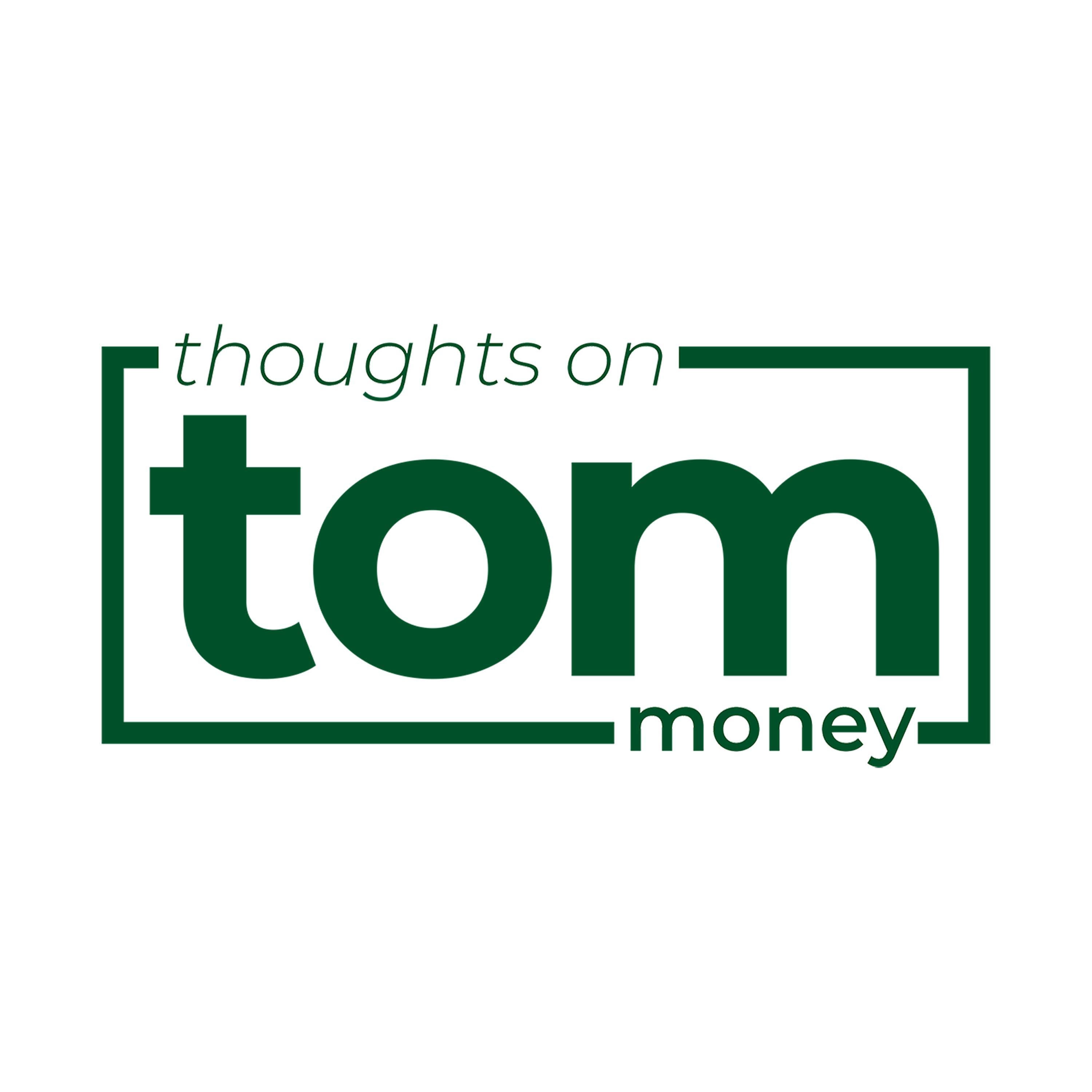Misunderstood

b'
I knew I wanted to be a financial advisor, but I just couldn\\u2019t figure out a way to get my foot in the door. There were not any job postings stating, \\u201cLooking for Financial Advisor, No Experience Required.\\u201d It was that chicken-or-egg problem, I needed the job to get the experience, and I needed the experience to get the job. So, I settled. I broadened my search from the specific role [financial advisor] to just getting a \\u201cresume builder\\u201d entry-level position within the finance industry. This is the backstory of why my career journey started in retail banking.
\\nJust being honest here, I despised working at the bank. As a banker, the incentives didn\\u2019t put the client\\u2019s interest first, and the incentives were designed based on an inaccurate assumption.
\\nHere\\u2019s my guess, at some point research was conducted that concluded that these banking customers who had more products with the bank had lower attrition rates. Another way of saying, a more engaged customer was more likely to stick around. So, an incentive plan was designed to get bankers to \\u201csell more stuff\\u201d with the thought that this would be a profitable endeavor, both on the new product sales side and the customer retention side. Economics 101 tells us that incentives drive behavior \\u2013 both good and bad \\u2013 so a culture was born of bankers pitching superfluous products to clients who didn\\u2019t want, need, or even sometimes know they were sold these products. A practice that was antithetical to what you\\u2019d assume or desire from someone stewarding your finances.
\\nAlthough I look back at this experience with frustration and disbelief, the fact pattern does make sense to me. Leadership thought they were rolling out a strategy to drive profitability and retention. In the end, this was just a classic case of confusing correlation and causation.
\\nLinks mentioned in this episode:
\\n'